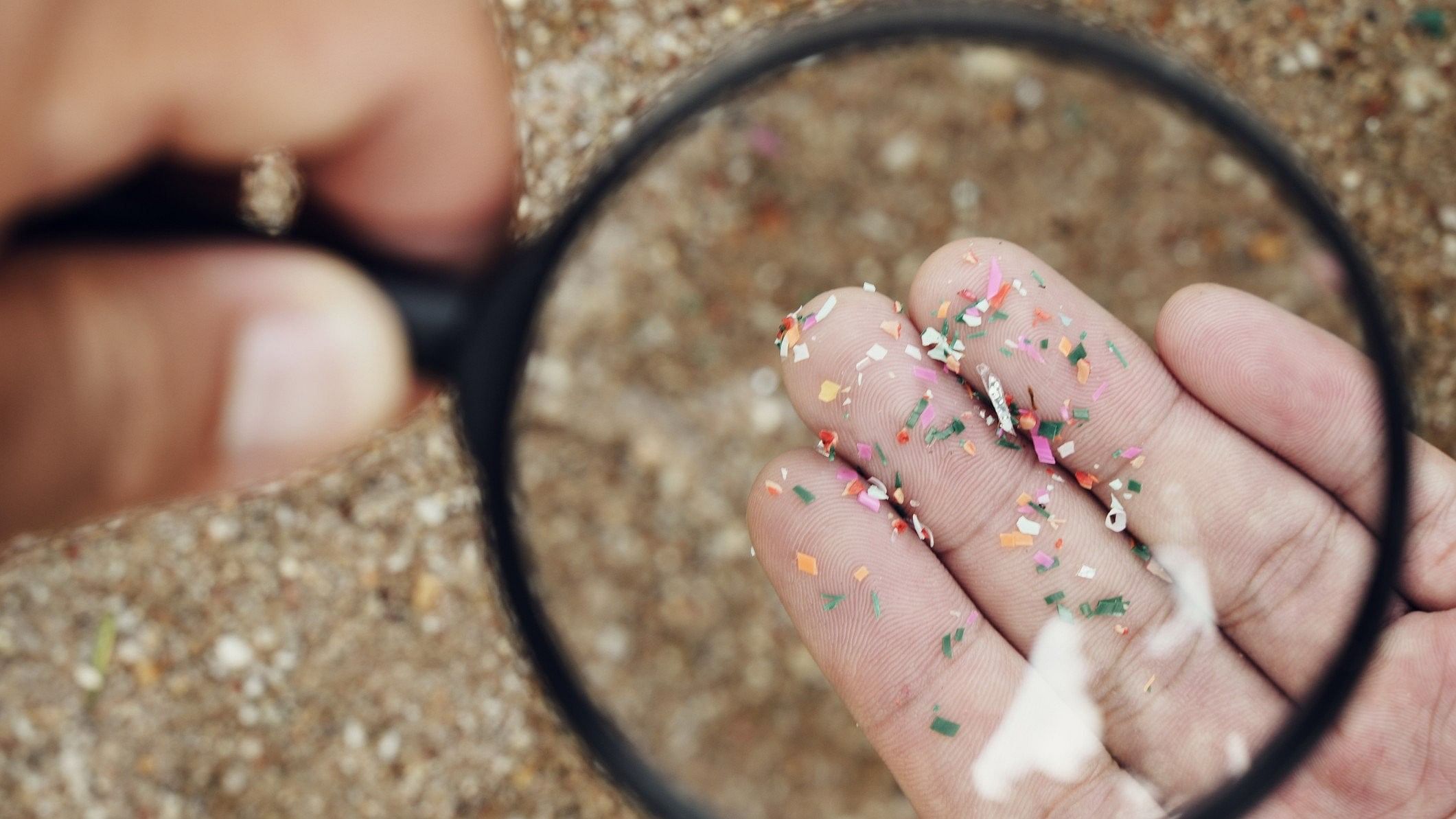
Representative image using microplastics
Credit: iStock Photo
Bengaluru: Findings from a new study on the toxic effects of microplastics on zebrafish can further reveal how the contaminants debilitate aquatic fauna and expose humans to health risks.
Researchers at the Indian Institute of Science (IISc) tested the toxicity of laboratory-synthesised polyisobutylene microplastics (PIB-MP) in zebrafish and recorded “numerous” morphological and molecular changes. They contended that the findings provided crucial insights into the potential health risks from water pollution and could inform water treatment strategies.
Zebrafish (Danio rerio) is a freshwater species reported from ranges including the Ganga and Brahmaputra rivers and the rivers and streams of the Western Ghats. The fish are extensively used in biomedical research and considered an efficient vertebrate model to understand human diseases because they share about 70 per cent of their genetic makeup with humans.
Zebrafish larvae exposed to various concentrations of the microparticles exhibited delayed hatching, impaired swimming behaviour, reduced survival rates, and other changes.
The paper, by Upendra Nongthomba, Abass Toba Anifowoshe, Amartya Mukherjee, Victor A. Ajisafe, and Ashok M Raichur, was recently published in Nature. In an earlier study, the group had reported the presence of PIB-MP in the Cauvery River. The findings highlighted that the river is a source of potable water for about 150 million humans and animals, and has long-sustained fishing and irrigation.
MP consumed by humans can set off immunological responses and weaken the body’s defenses against pathogens. While PIB is known as non-toxic, its degradation into microparticles has not been studied deeply, the researchers said.
“In this study, instead of sampling the river, we developed the pure compounds and studied their impact on the fish. They were found to cause lethargic activity and deformations,” Nongthomba, professor at IISc’s Department of Developmental Biology and Genetics, told DH.
Development impeded
Zebrafish embryos were cultured in a medium containing PIB-MP in different concentrations; the adult zebrafish were fed PIB-MP mixed with their feed, for 21 days.
The researchers monitored the hatching and mortality rates of the larvae every 24 hours, for seven days. Zebrafish embryos and adults exposed to PIB-MP were reported to have malformations. In the larvae and adults, developmental discrepancies including abnormal lateral spinal curvature were reported.
About 20 per cent of the embryos hatched only on the seventh day after fertilisation and the mortality rate in the treatment groups was higher than in the control groups. The findings also suggested that exposure to PIB-MP induced locomotor defects and anxiety-like behaviour in adult zebrafish, with implications for mental and neurological disorders in humans.
The results indicated that exposure to PIB-MP induced intestinal damage in zebrafish and apoptosis (cell death). “There are gaps in our understanding of how micro- and nano-particles enter our bodies. What is clear is that ingestion of these particles can lead to gut permeability,” Prof Nongthomba said.
The paper noted PIB’s superior gas and moisture imperviousness and its chemical and oxidative stability that mark the polymer’s utility in multiple industries. Materials containing PIB have applications in products including adhesives, chewing gum, tire tubes, and condenser caps.